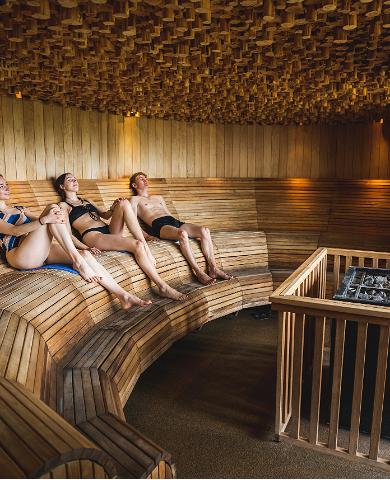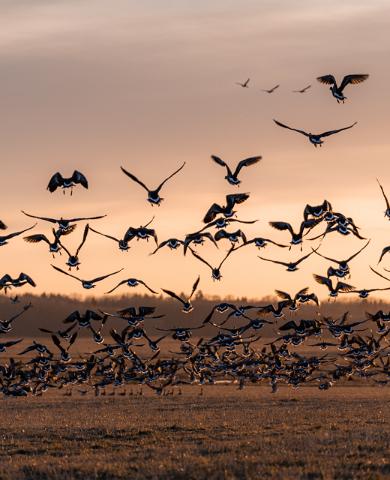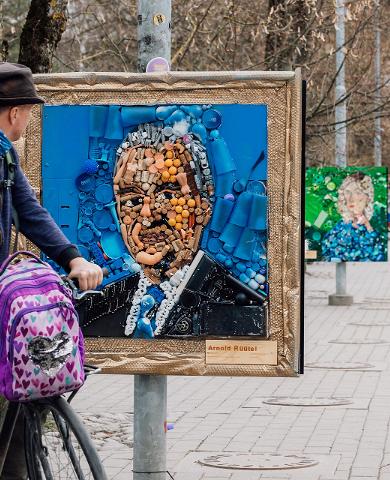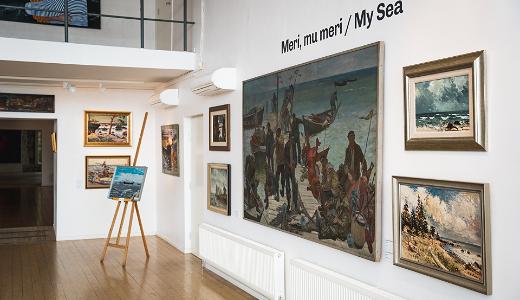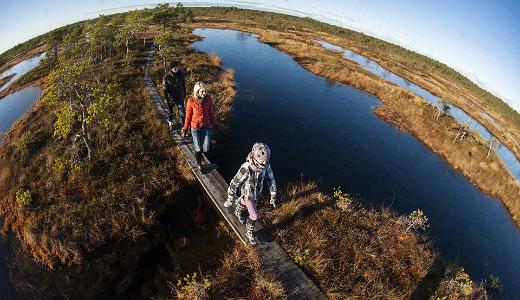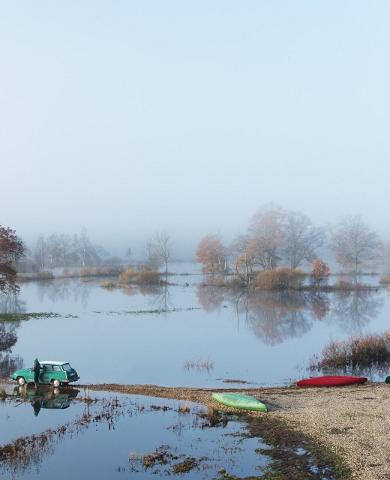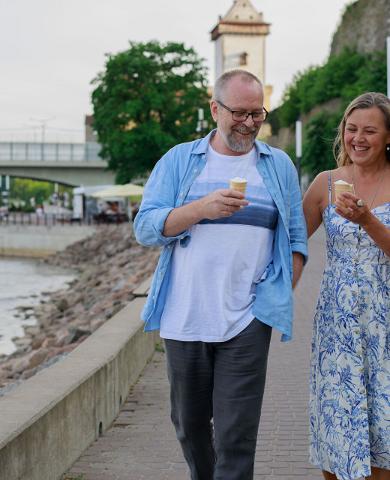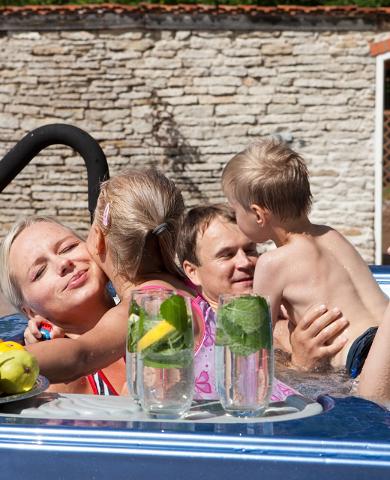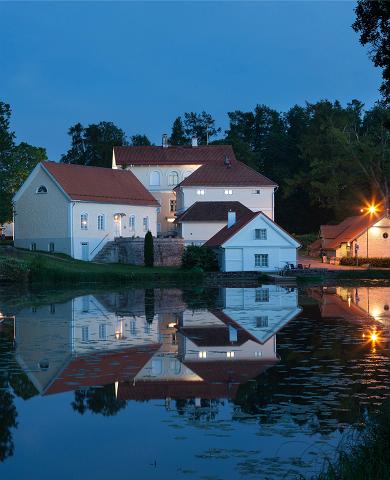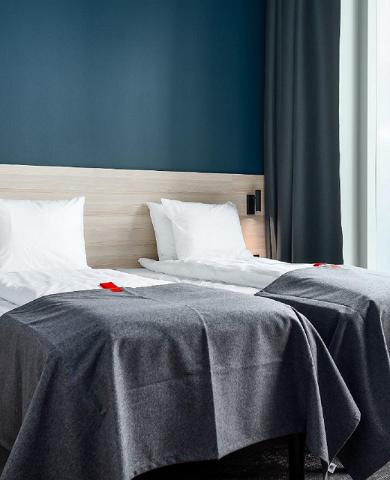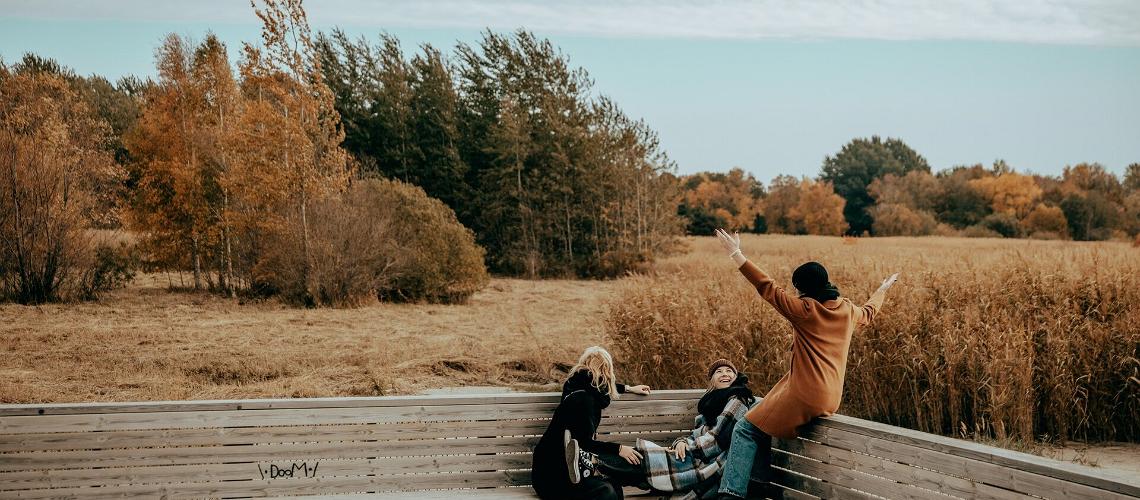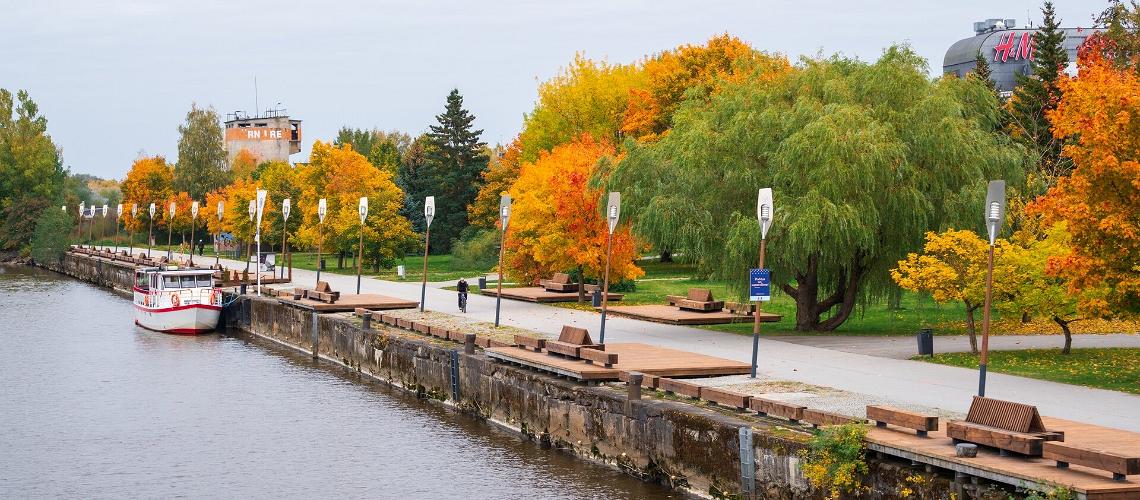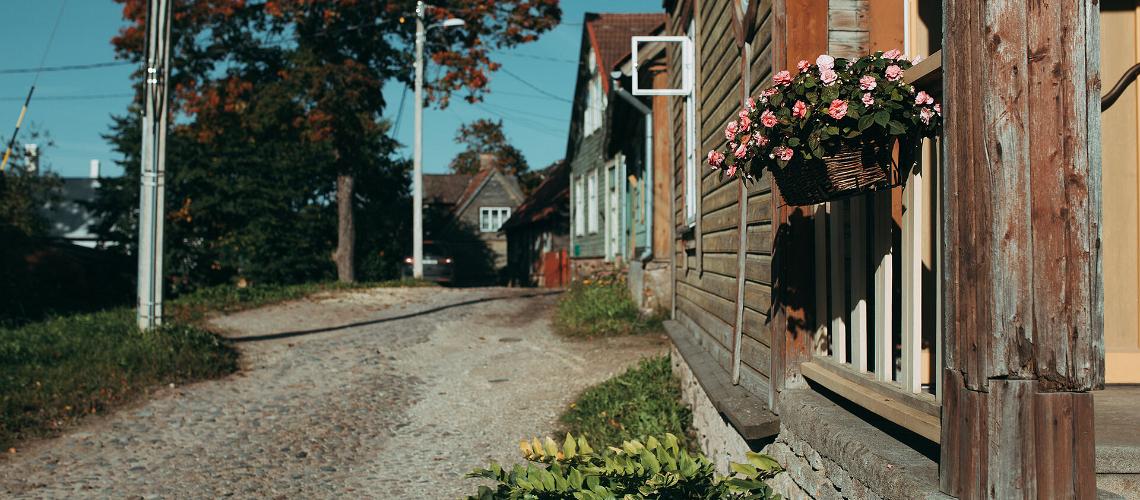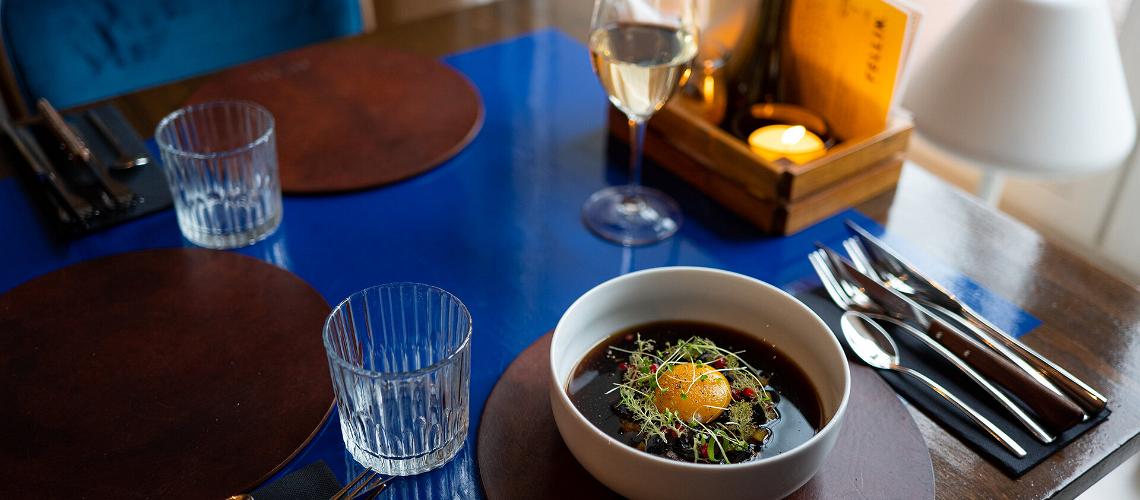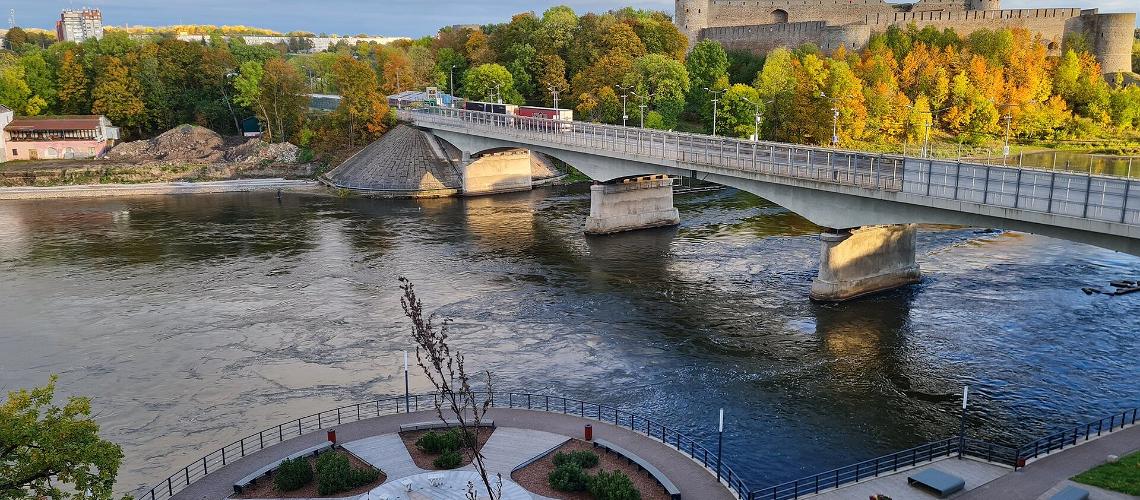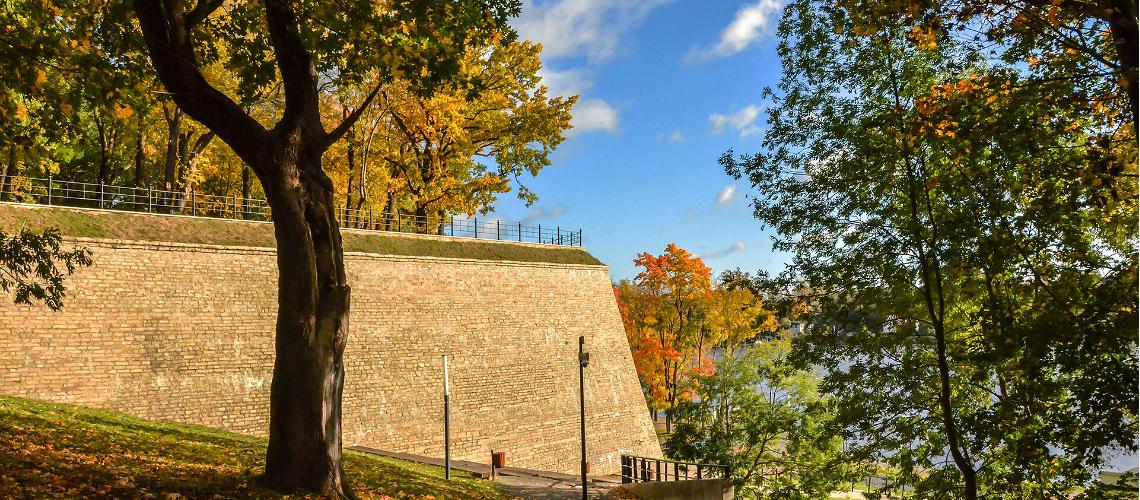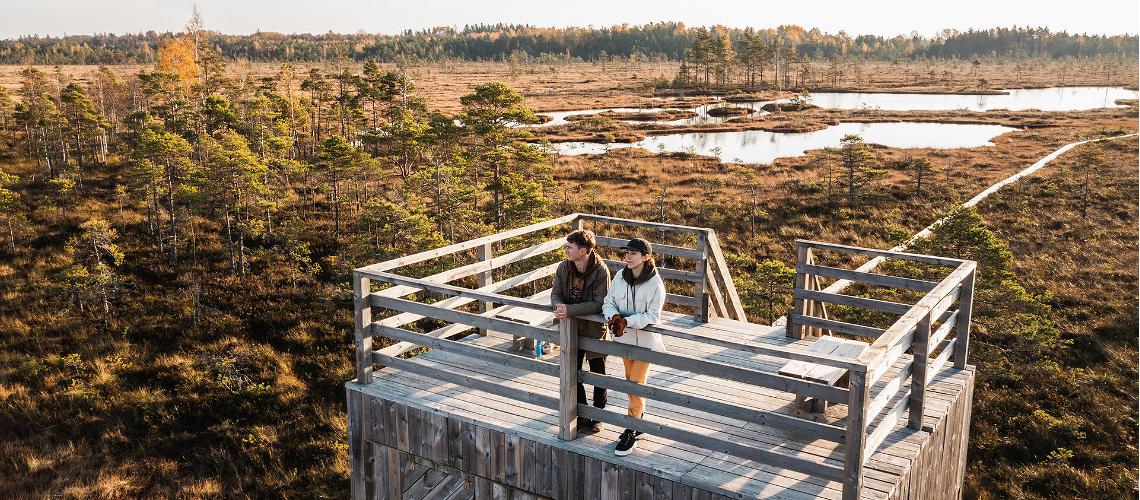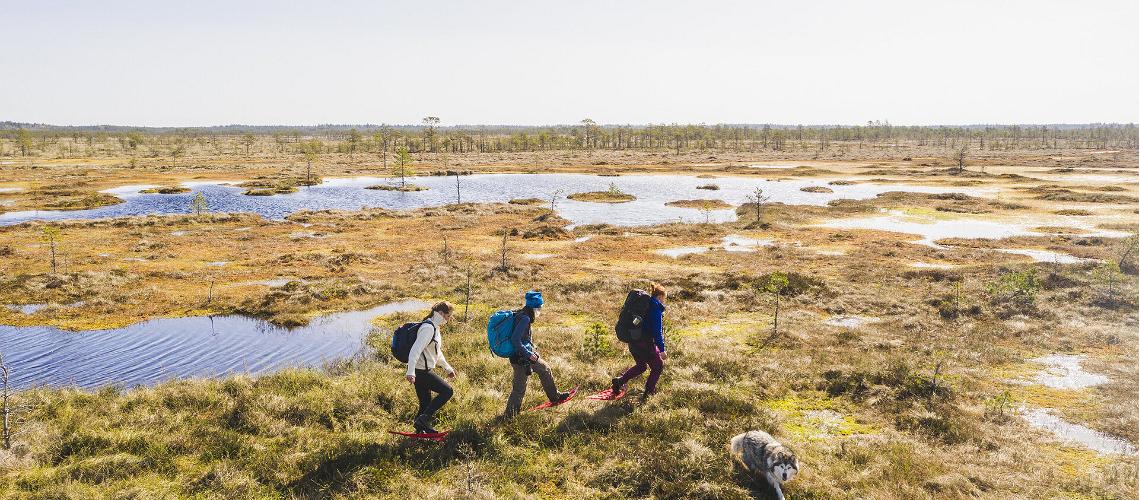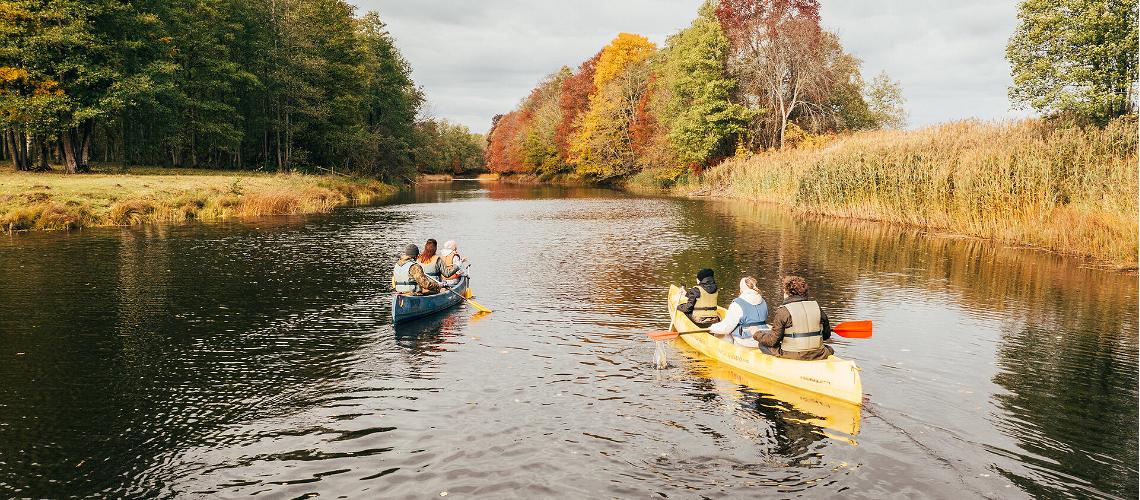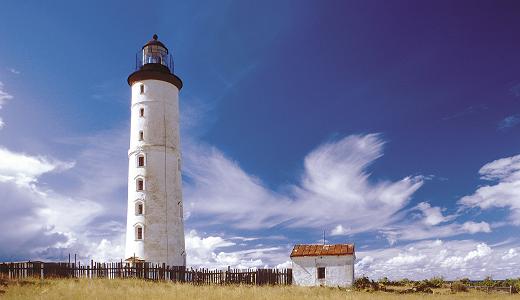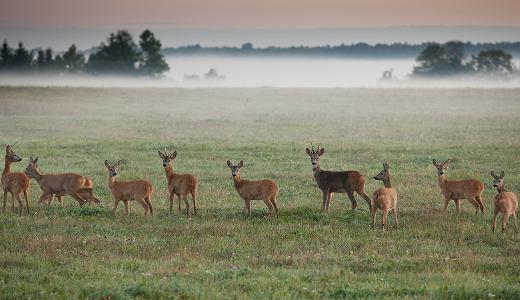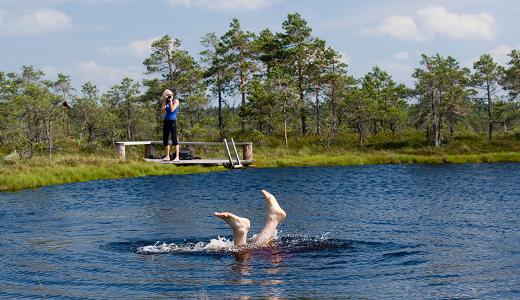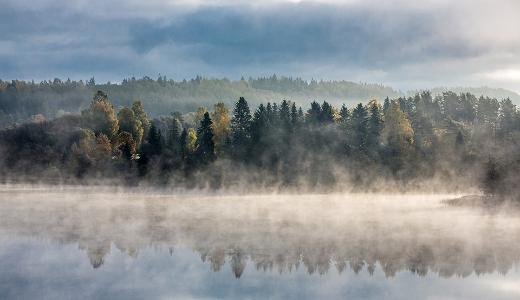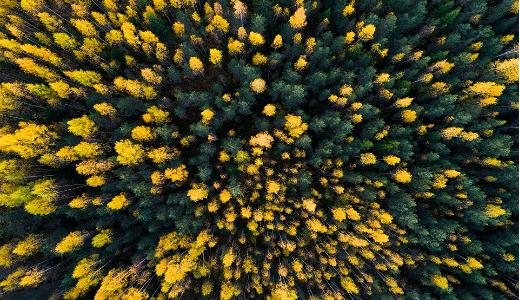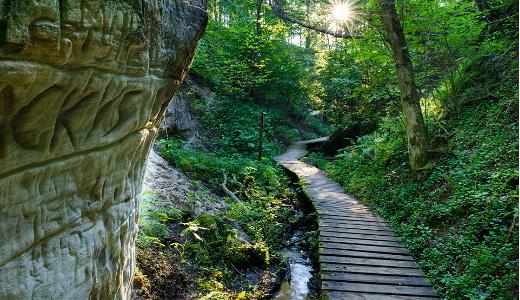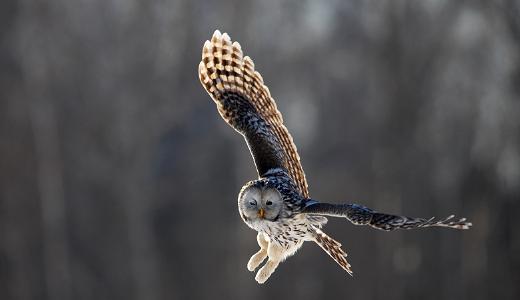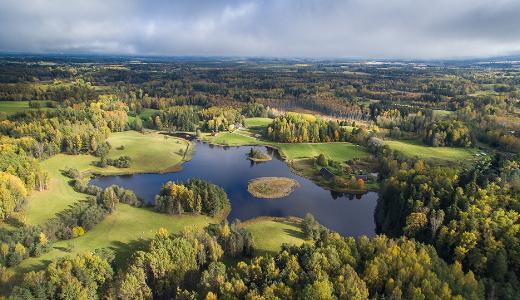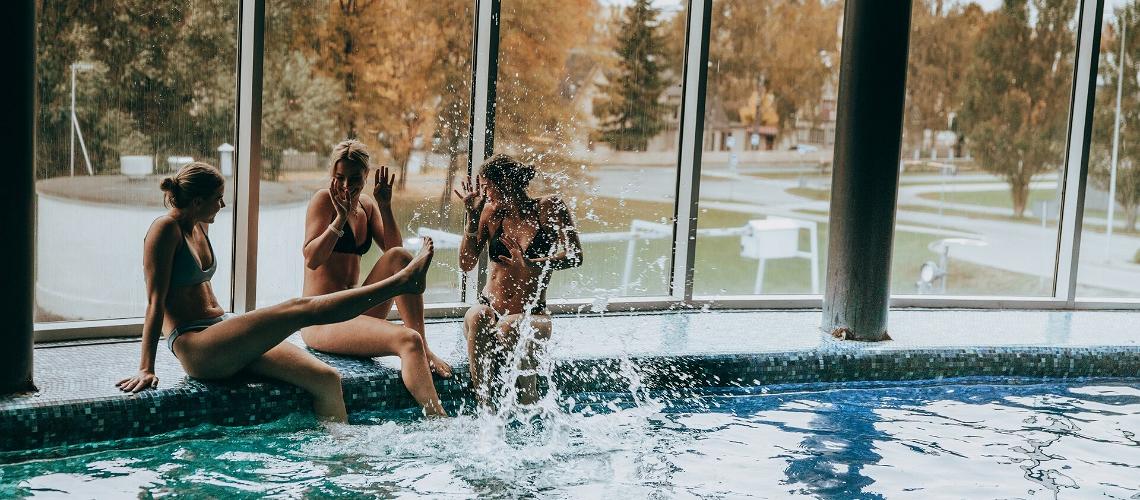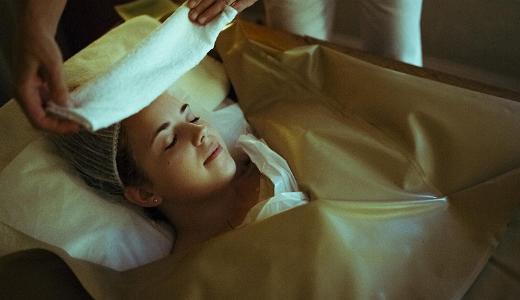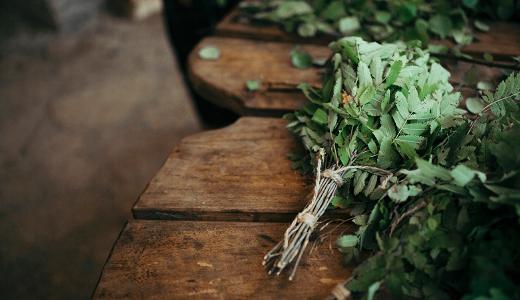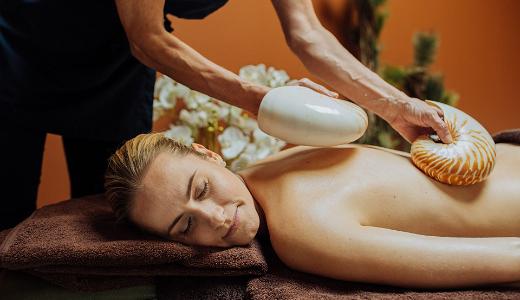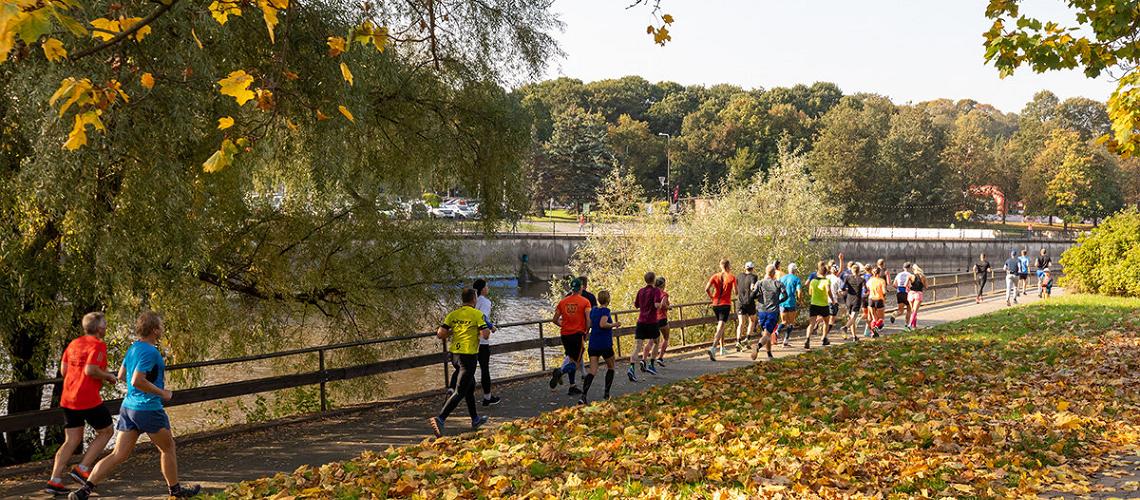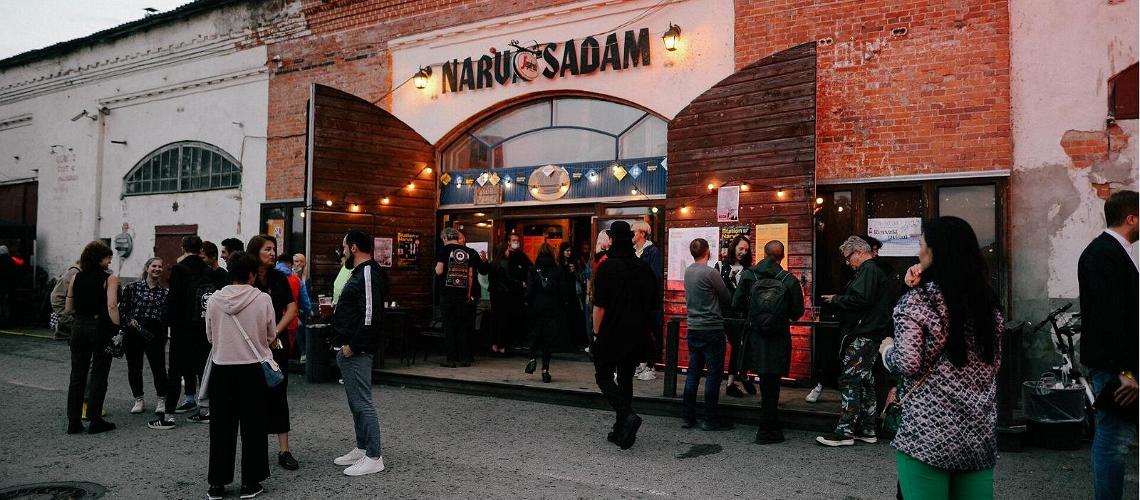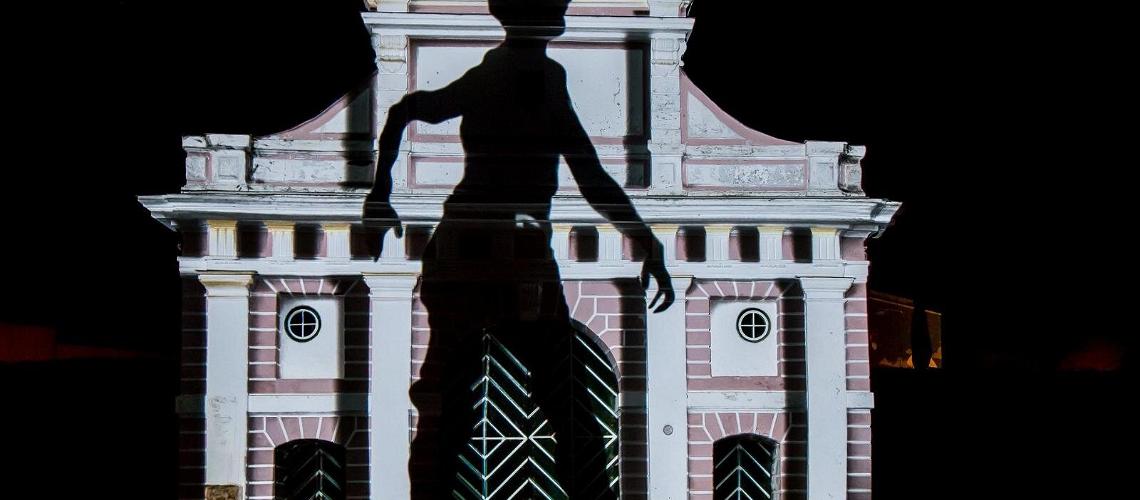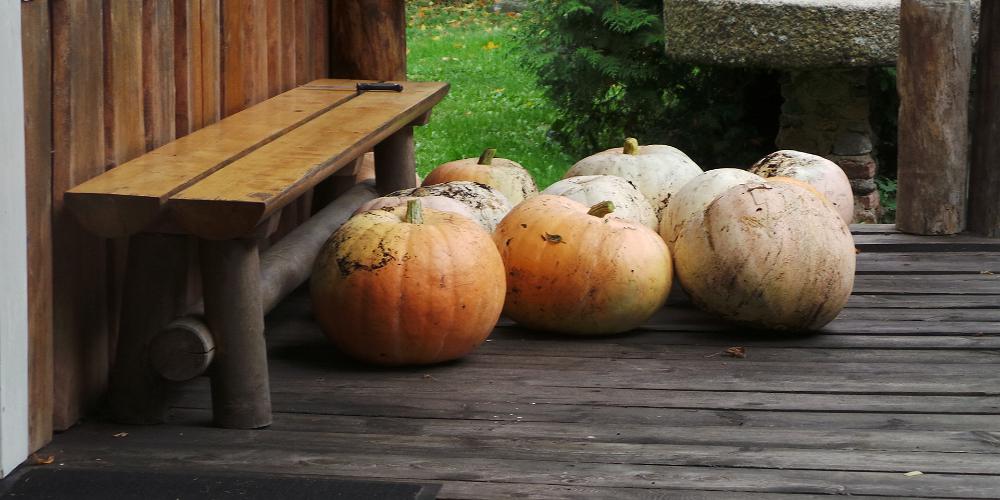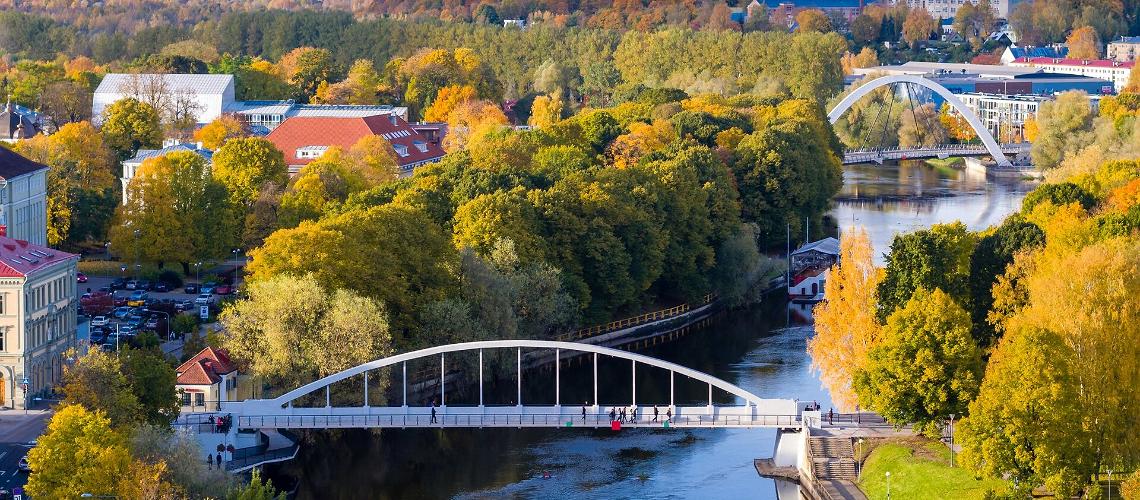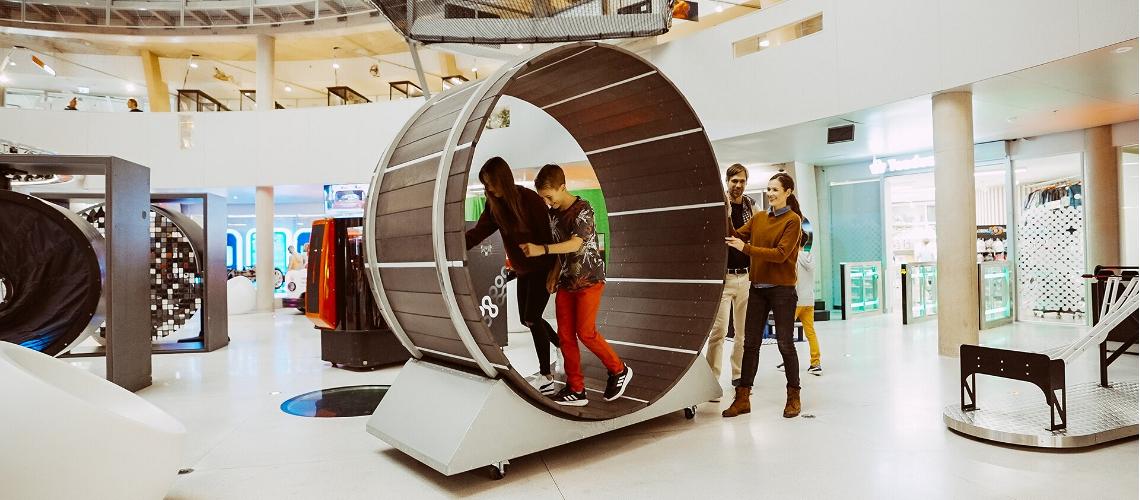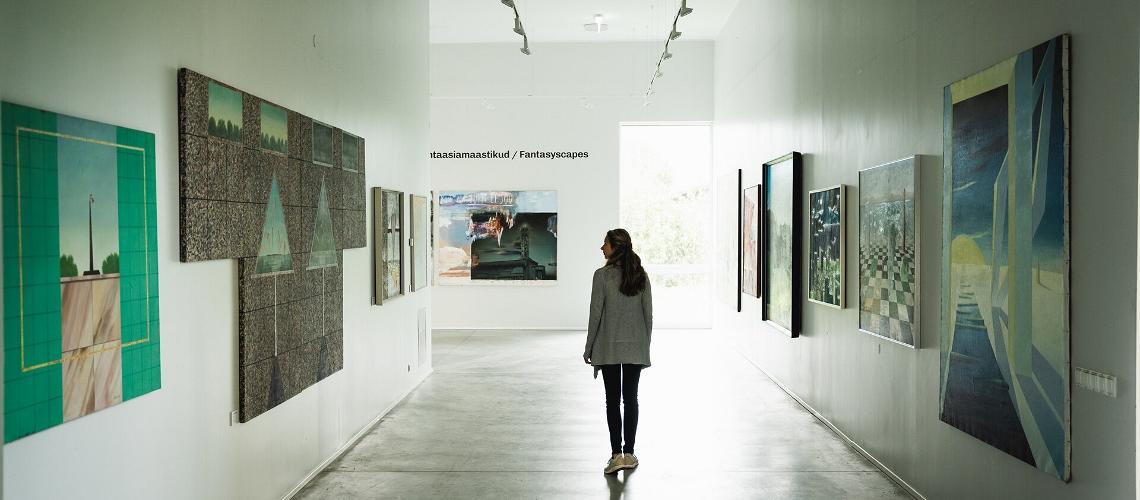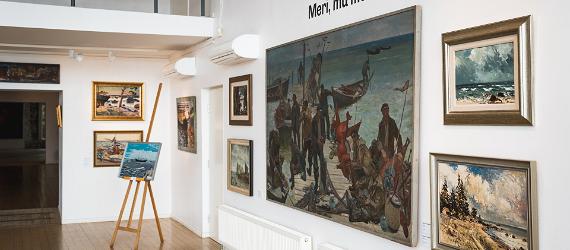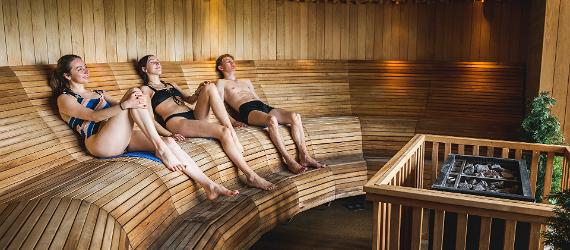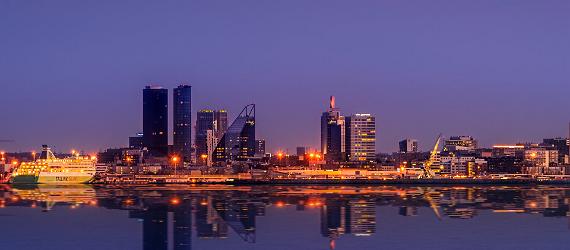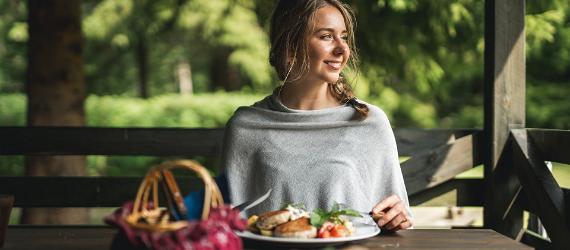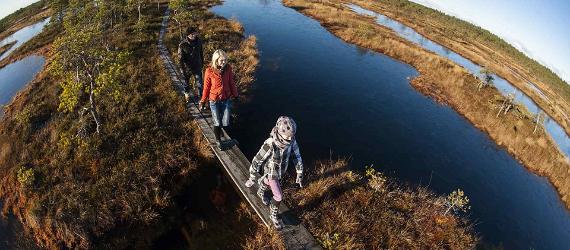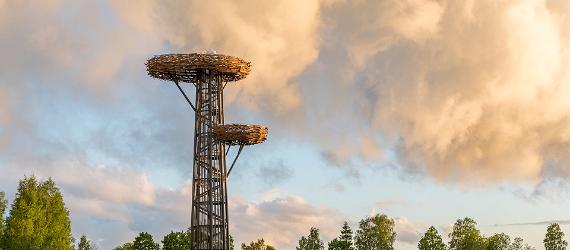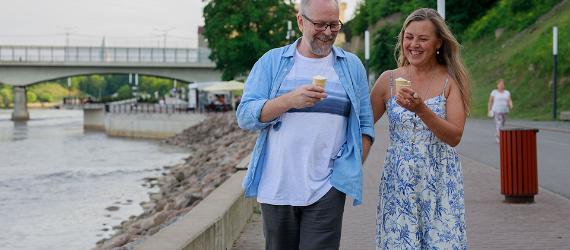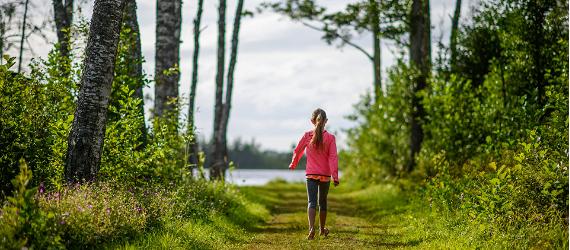Hunt for bright autumn foliage in city parks or wild forests. Hike, bike, canoe, and kayak. Pick mushrooms and cook up a hearty fall feast. Relax in a hot sauna or treat yourself to day at the spa.
We often get asked when is the best time of year to visit Estonia. We can honestly say there is no bad time to visit — each season has its own charm. Despite the cooler weather and shorter days, autumn is a wonderful season for a high-speed weekend or a week-long adventure.
Changing leaves are the top attraction during an autumn city break in Estonia. Fill your grid with golden yellows, rusty reds, and rich browns even on a short city break. In Tallinn, you'll find about one third of the city is made up of green spaces and parks — these are the best spots to observe colorful trees and plants. Kadriorg Park and Kalamaja Park are two of the most colorful spots in Tallinn once the leaves begin to change. Toompark outside of Old Town is also a good location for an autumn stroll.
Like most Estonian towns, Pärnu, Viljandi, and Narva are filled with seasonal color. All three cities can be reached by train or bus from Tallinn in under two and a half hours. Take a day to walk around and soak in the autumn vibes or slow down and spend a few nights traveling at your own tempo. Check out the colors along Pärnu's coastal meadow hiking trail, in the park surrounding the Viljandi Castle ruins, and along the Narva River promenade.
Where can you find the very best autumn scenery?
The answer is short and simple: in nature.
Estonia's ancient wetlands and primeval forests are stunning in autumn. Many of the top hiking trails that pass through them have observation towers for taking in beautiful views of the surrounding landscape. A day trip from Tallinn will give you the chance to breathe in the crisp, fresh air of autumn, disconnect from your daily routine, and recharge in nature. True nature lovers should visit a bog at sunrise for an otherworldly experience.
Estonia's national parks
Estonia may be compact, but each of its six national parks has its own unique identity — coastal meadows in the west, rolling hills in the south, expansive wetlands, and pockets of old-growth forest. Pack your hiking boots, grab your camera, and embark on an unforgettable journey into the wilderness. Best of all, you may feel like you've gone to the ends of the Earth, but in reality, you're only around the corner from civilization and all the amenities you need for a comfortable holiday.
Bears, birds, and bogshoes!
Did you know Estonia has the highest population density of brown bears in Europe? They are at their most active in autumn, foraging for food to help them fatten up before a long winter's sleep. Autumn is one of the best times to go bear watching as the foliage is less dense, making it easier to spot the bears as they roam the forest. Alutaguse National Park is one of the best places to look for bears.
Birds are also on the move during the autumn months. Seabirds fly south for the winter, stopping to rest on many of Estonia's 2,222 islands and inlets along the coast. Two of the country's best birdwatching spots are Vilsandi National Park on Saaremaa's west coast and Matsalu National Park on the Estonian mainland. Vilsandi is characterized by water — most of the park is made up of tiny islands surrounded by the Baltic Sea. Matsalu is known for its coastal meadows, a unique environment created by centuries of livestock grazing.
If Estonia's bogs had a slogan, it would be "Fun for all seasons!" It may sound cheesy, but it's true. You could walk across the same wooden boardwalk during each of the four seasons, and every time you would see something different.
In summer, the bogs are rich green; in winter, they're frozen white. During autumn, the grasses and trees turn shades of yellow and brown, and quiet bog lakes reflect the pale blue sky. Dawn and dusk are especially mesmerizing as the morning mist rolls in and obscures the landscape. One of the best ways to see Estonia's iconic wetlands is by bogshoe. Like snowshoes, they distribute your weight and allow you to walk across the saturated ground without sinking in. You can also see the colors from a canoe as it winds down the rivers that pass through the wetlands, meadows, and forests of Soomaa National Park.
Looking for a SPAtacular autumn experience?
Spa holidays are a year-round favorite in Estonia, but when the weather starts getting colder, the siren call of the sauna gets louder. You'll find quality spas around the country; go for a day or treat yourself to a weekend stay.
If you're already treating yourself to a relaxing holiday at the spa, then don't forget to treat your tastebuds, too. Autumn is the harvest season, and Estonian chefs will have the bounty of the fields and forests on full display. Seasonal menus are full of mushrooms foraged from the forests, cranberries harvested from the bogs, and wild game, plus earthy favorites, such as pumpkins, potatoes, and beetroots. A few of Estonia's spa hotels have been recognized by the MICHELIN Guide for their top-notch restaurants:
- Joyce, the restaurant at V Spa & Conference Centre in Tartu
- Hõlm, the restaurant at the Lydia Hotel (a hotel with a cozy underground spa center) in Tartu
- Wicca, Hotel LaSpa Laulasmaa's restaurant
- Raimond, fine dining at the Hedon Spa & Hotel in Pärnu
It can be hard to choose the right spa for your holiday, so check out our interactive spa guide. There you'll find all the most up-to-date information about spas around the country.
Nourish your body with hearty fall flavors
Foods to try during autumn in Estonia
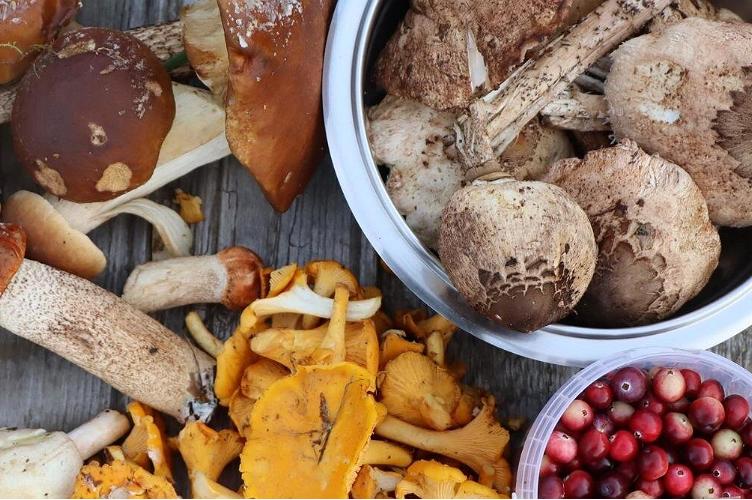
Foods to try during autumn in Estonia
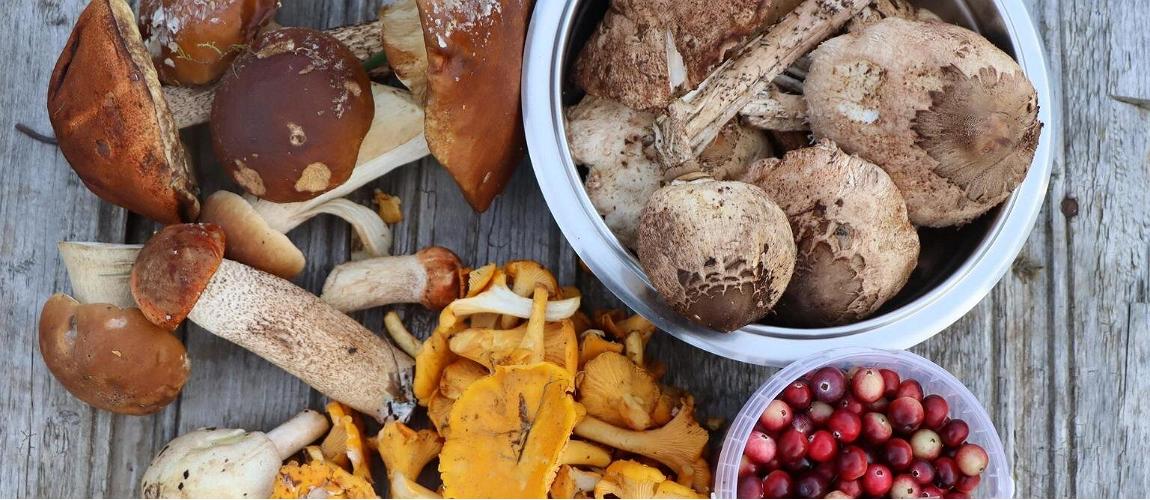
Autumn events in Estonia
November's Black Nights Film Festival
Also known as PÖFF, this film festival is the season's main cultural event. Cinephiles flock to Tallinn in November to take in as many of the 250 features and over 300 short films as they can in the space of two weeks. Buy tickets and book ahead as over a thousand industry delegates and guests and over 160 journalists come to town for the festival.
Other events around the country
Food: Both Tallinn and Pärnu hold their Restaurant Week in November. Participating restaurants plan special tasting menus, providing diners with a unique culinary experience and the chance to try out new restaurants and revisit old favorites.
Sports: Athletes will want to add Tartu to their autumn travel plans. The Tartu Mountain Bike Marathon is held at the end of September — participants will get to take in the scenery of South Estonia. The Tartu City Marathon is held in October. The entire run is one long loop, meaning you won't be running past the same sites multiple times. Plus, the 4k Friday Night Run the night beforehand is great fun for the whole family!
Culture: The multi-genre Tallinn Fringe Festival runs from mid-August to mid-September, making for an exciting start to the autumn season. Music lovers can visit the concert venues of Narva, including the Kreenholm Manufacturing Company and the Ro-Ro Art Club in Narva Harbour in September for Station Narva. The largest design festival in the Baltics also takes place in September — the Tallinn Design Festival (Disainiöö). The annual light festival ÖÖvalgel, which takes place on the last weekend of September, is the largest cultural event in Pärnu.
World-class museums and indoor attractions
If you visit Estonia during autumn, there's a good chance it might rain at some point during your trip. Of course, you'll still see locals out and about. As Estonians like to say, "There's no such thing as bad weather, only bad clothing." As a visitor, though, you may get caught unprepared.
Luckily, Estonia has over 250 museums! From small and quirky to modern and interactive, there's something for everyone.
Top picks for art aficionados:
- Check out world-famous Fotografiska in Telliskivi.
- In Tallinn's Kadriorg neighborhood, you'll find KUMU and Kadriorg Palace.
- The Viinistu Art Museum in North Estonia
- Pärnu's Museum of New Art
Interactive museums for families:
- AHHAA Science Centre in Tartu
- The Windtower Experience Centre on Hiiumaa
- Saaremaa's Thule Koda cinema and museum and WOW Experience Centre
- Tallinn's Noblessner district has the Seaplane Harbour Museum and PROTO Invention Factory.
Where to learn more about culture and history:
- The Estonian National Museum in Tartu
- Tallinn's Kiek in de Kök Fortification Museum, the Maritime Museum in Fat Margaret's Tower, and Vabamu
- The well-preserved Kuressaare Episcopal Castle on Saaremaa
- Narva Castle and the fascinating Narva Museum.
To make the most of your museum visits, check out the Museum Card. You'll save money if you plan on visiting multiple museums during your trip to Estonia. The card is valid for 12 months, and you can use it at over 100 museums and 500 exhibitions around the country. Their website has a complete list of the museums included.
Explore Estonia's museums
Information on search results display in Article 12 of the Terms of Use.



